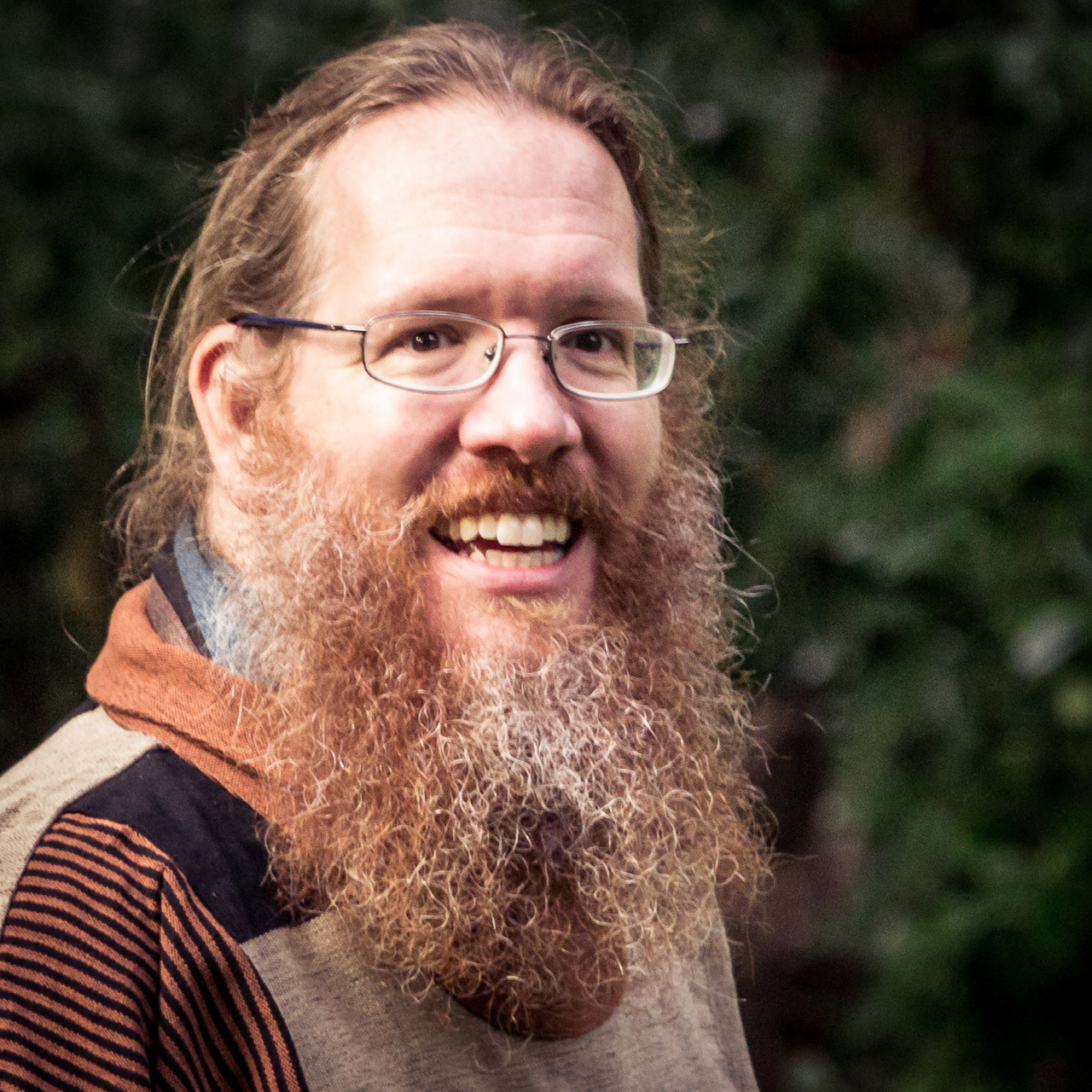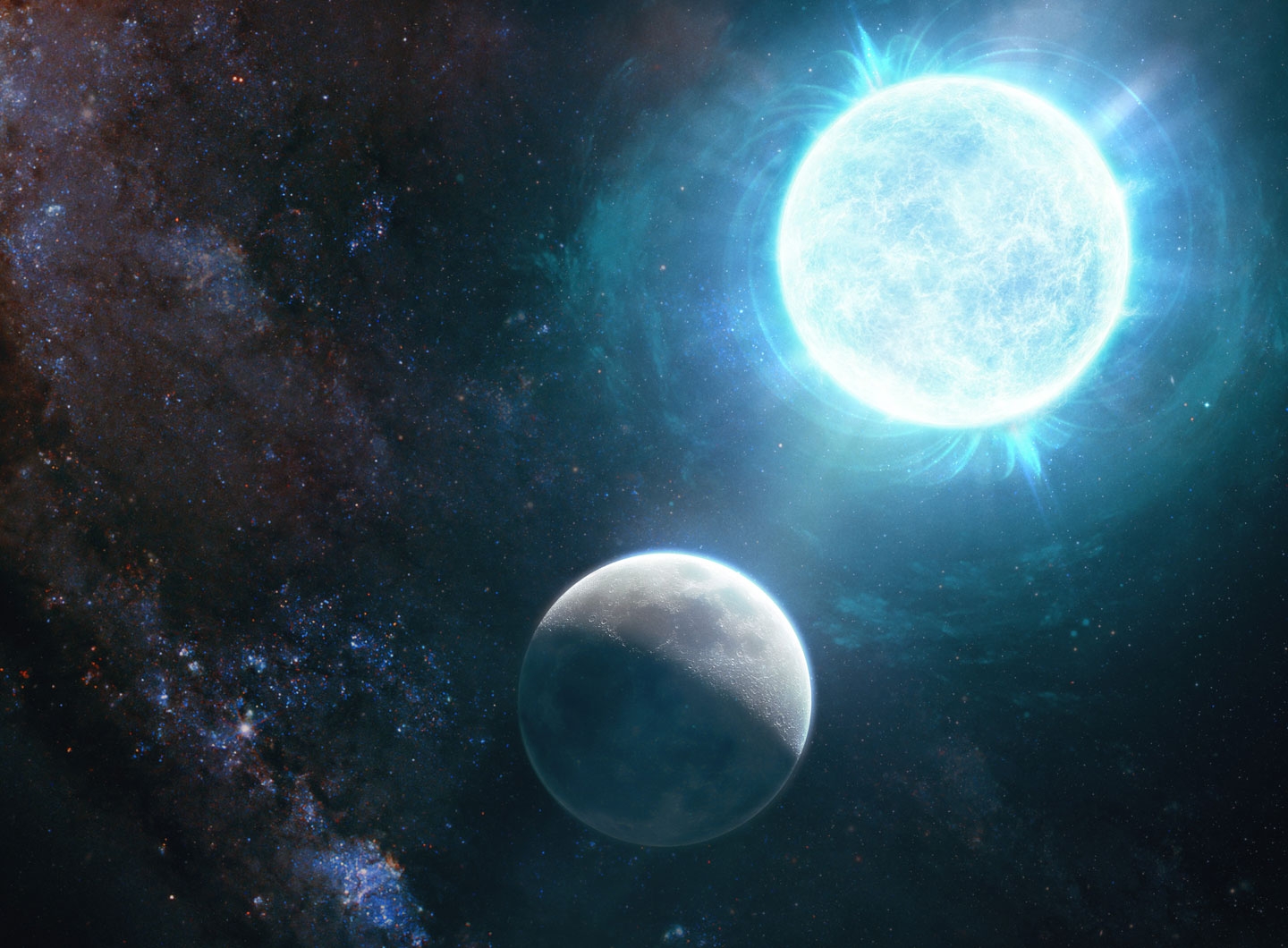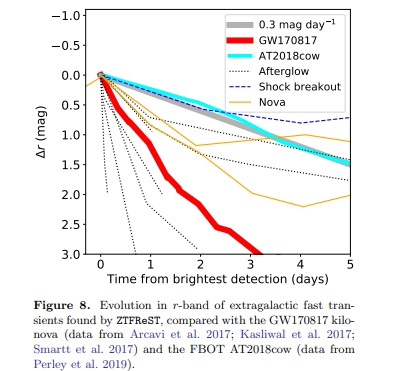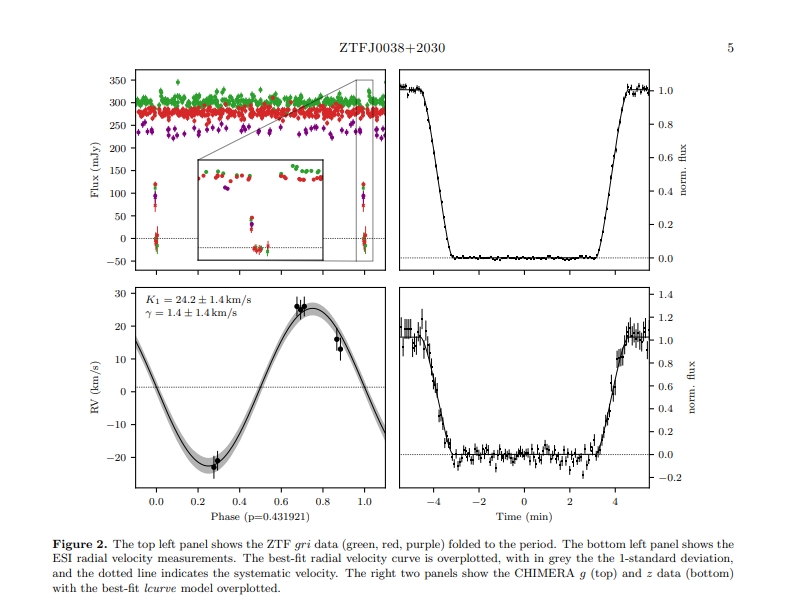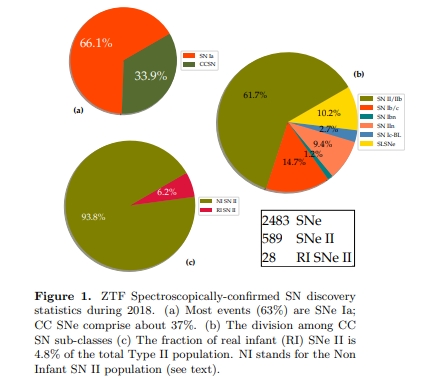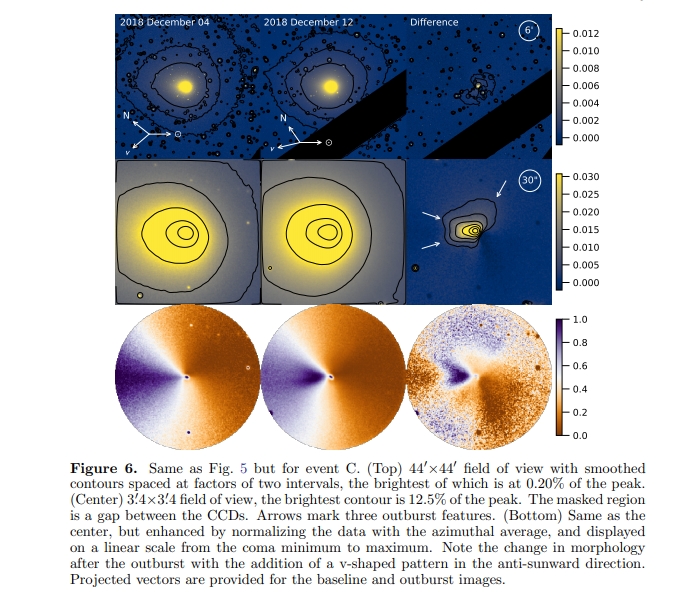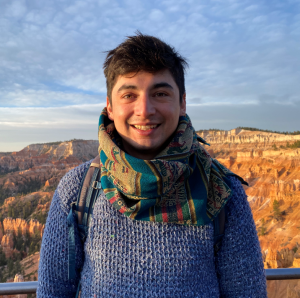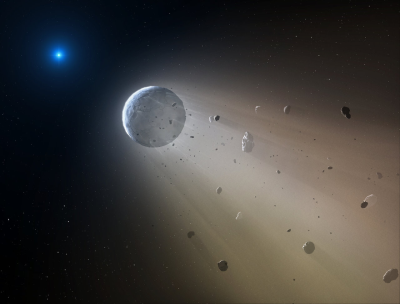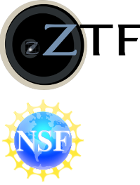Welcome
From the corner office
Time domain astronomy (TDA) is, both at once, one of the oldest areas of astronomy and one of the newest. Historically, novae through the use of “speed and peak luminosity’ relation were seen as a way to measure distances, particularly to what we now call as other galaxies. However, the period-luminosity relation for Cepheids turned out to be superior [Leavitt & Pickering 1908] and paved the way to settle the size of the Galaxy [Shapley 1918] and determine the distance to our neighboring galaxy, M31 [Hubble 1925]. Fritz Zwicky is properly credited with starting the field of observational supernovae research which, unlike the study of variable stars, required hurly-burly action on part of astronomers at short notice (let alone, subsequent follow up activity). Zwicky’s achievements in this field, the progression from a simple telescope atop Robinson Laboratory (to search for supernovae in the Virgo cluster) at Caltech to the 48-inch Palomar telescope is well known. What is far less known is Zwicky’s excellent grasp of the foundation of time domain astronomy methodology – pioneering the use of wide-field telescopes, automation, advanced detectors, real-time detection, massively multiplexed spectroscopy (via large objective gratings) event classification (which we now call as Machine Learning – not very different from the Morphological method) what it takes to undertake time domain astronomy. A serious student of the TDA methodology would benefit from reading F. Zwicky’s article in Supernovae and Supernova Remnants [Space Science Library, 45, 1 (1974)].
Shri Kulkarni
ZTF Principal Investigator, Professor of Astronomy and Planetary Sciences, Caltech
From the engine room
As anyone who has ever had anything to do with a survey project will happily tell you, there are a lot of moving parts and trying to keep them all in sync is a neverending task. Of course, it does not help when component failure raises its ugly head: naturally, there is a well-established procedure in place for when one of the combustible gas sensors in the instrument raises the alarm. Subsystems kick in to ensure that electricity and flammable material, potentially under pressure, cannot interact and introduce a new component to image quality by deploying parts of the instrument across a wide area at high velocity. Yet who monitors the monitors?
It turns out that the signal from a failing gas sensor looks exactly like a real detection from a functioning gas sensor but fortunately we were not dealing with the latter in May this year. A replacement item and some lost observing time were the only costs to what could have been much worse. This was also really just one of those things in a regular litany of the effects of increasing entropy on a system that has taken over 500,000 science images alone: a leaking gas hose (unrelated), a stuck filter exchanger, intermittent shutter issues, the effects of inversion layers on network bandwidth - all from the past few months. And that's just day-to-day operations but it's also not just hardware and software that change - people also change (even for a robotic telescope project).
Richard Walters has been one of the absolute cornerstones of ZTF operations, both with the P48 and the P60 - he's been the one checking that things are running smoothly during the night and the first one I call when I see we are not observing. I am sorry to see him leave but wish him and his family the best and know that his will be a hard pair of shoes to fill. And now let's see what today's issues are…
Matthew Graham
ZTF Project Scientist, Research Professor of Astronomy, Caltech
ZTF Public Data Release 6
The Zwicky Transient Facility (ZTF) and IPAC at the California Institute of Technology announce the sixth ZTF Public Data Release. This release builds upon the fifth data release to include products from (i) an additional 3 months of survey operations from the public portion of the survey, giving a total observation span of March 2018 - April 2021, and (ii) data acquired under private survey time during the first ~21.4 months of the survey, spanning March 2018 - December 2019. The private surveys include observational programs awarded by Caltech and performed by the ZTF collaboration.
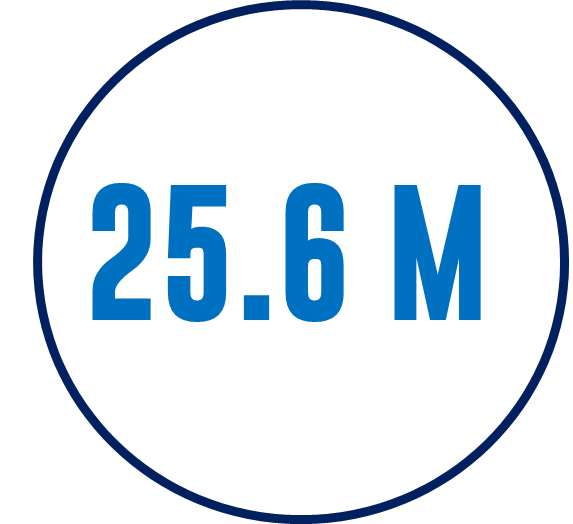
Science ready images
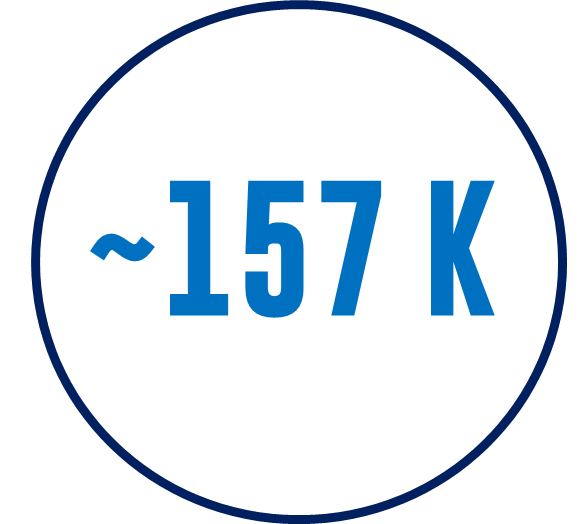
Co-added images
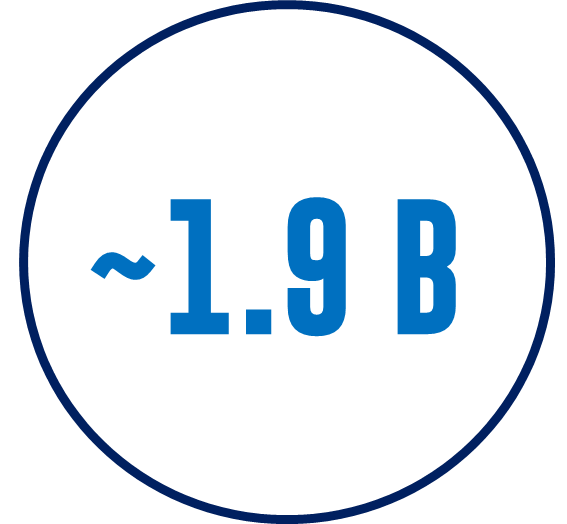
Lightcurves with
20+ observations
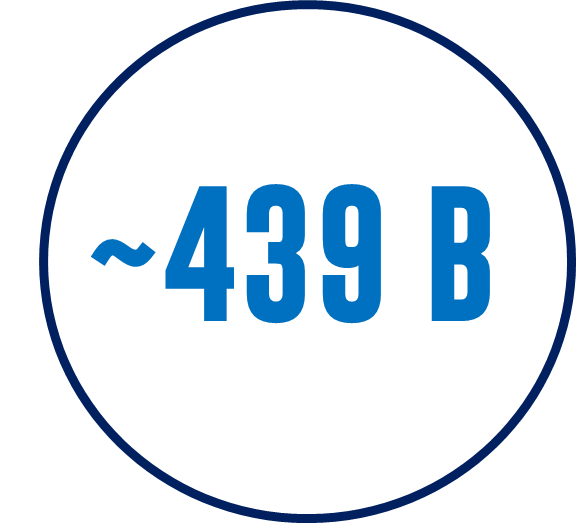
Total number of detections
(PSF-fitted photometry)
Science Highlights
Astronomers have discovered the smallest and most massive white dwarf ever seen. The smoldering cinder, which formed when two less massive white dwarfs merged, is about 4,300 kilometers across, or somewhat larger than Earth's moon. Though the white dwarf is small, it is heavy, "packing a mass greater than that of our sun into a body about the size of our moon," says Ilaria Caiazzo, a Postdoctoral Scholar Research Associate in Theoretical Astrophysics at Caltech and lead author of the new study appearing in the July 1 issue of the journal Nature.
"We caught this very interesting object that wasn't quite massive enough to explode," says Caiazzo. "We are truly probing how massive a white dwarf can be. While highly speculative, it's possible that the white dwarf is massive enough to further collapse into a neutron star."
Press Release
Searching for recoiling SMBH
In this recently published study, the authors describe a novel methodology for the detection of recoiled super massive black holes (SMBH), which can be observed as AGN offset from the center of their host galaxies. A search through the ZTF data archive has yielded several interesting discoveries.
Fast Transient Search in ZTF survey
The multi-messenger science group at ZTF has led the development of a new open-source system for the serendipitous detection of fast transients in optical wide-field surveys independent of triggers from gravitational wave (LIGO, Virgo) or GRB instruments (Neil Gehrels Swift, Fermi) instruments.
Eclipsing white dwarf and its dark companion
A team lead by a ZTF postdoctoral fellow at Caltech has discovered a binary system consisting of a brown dwarf orbiting a white dwarf with an orbital period of 10 hours. ZTF survey holds the potential to discover many such systems in the future allow astronomers to better understand the formation channels of white dwarfs with substellar companions.
Mass loss in Type II supernovae progenitors
Led by our partners in Israel, this paper presents a systematic search for Type II supernovae whose progenitors exhibit evelated mass loss prior to explosion. Sieving through the first year of ZTF survey data, the results suggest that this process is common for massive stars that are about to die.
Six Outbursts of Comet 46P/Wirtanen
ZTF partners at the UMD have discovered 6 mini-outbursts in a 1-year lightcurve of comet 46P/Wirtanen. In comparison with spacecraft observations of cometary mini-outbursts, the authors suggest that the low mini-outburst rate indicates comet Wirtanen's surface is more evolved than primitive.
ZTF Faces
Tomas Ahumada
(UMD, USA)
I was born and raised in Santiago, Chile. Over there, you can see the Southern Cross all year round, and it's probably the constellation I miss the most.
Read OnMathew Smith
(IN2P3, France)
So my route to Lyon has been a fairly circuitous one. I’ve studied mathematics in London, radio astronomy in South Africa and cosmic explosions in the UK.
Read OnZTF Science Vlog
The ZTF vlog brings you the latest ZTF results presented by the authors themselves.
The Photometric and Spectroscopic Evolution of Rapidly Evolving Extragalactic Transients in ZTF
In our latest ZTF Science Vlog, Anna Ho shares three main take-aways from her most rec paper. Anna Ho is currently a Miller postdoctoral fellow at the UC, Berkeley.
Science with public ZTF data
We highlight scientific publications that use ZTF public data
Recurring Planetary Debris Transits and Circumstellar Gas around White Dwarf ZTF J0328–1219
Zachary P. Vanderbosch et al.,
ZTF J0328-1219 is a rare class of white dwarf stars, those which exhibit periodic dimming events caused by transiting planetary debris clouds. This debris is thought to come from asteroids, comets, or even small planets that were once in distant orbits around the white dwarf, but were then scattered onto white dwarf-grazing orbits and tidally disrupted. We first identified ZTF J0328-1219 as an object of interest using variability metrics based on public ZTF and Gaia photometry which indicated this object to be one of the most variable white dwarfs within 200 parsecs of Earth. Spectroscopic observations revealed metal pollution in ZTF J0328-1219, a common signpost of white dwarfs accreting planetary material, while observations from the Transiting Exoplanet Survey Satellite (TESS) revealed periodic variability at 9.93 and 11.2 hours. With ground-based follow up, we identified a series of repeating and dynamically evolving dip structures which we attribute to clouds of planetary debris orbiting the white dwarf within about 2.2 Solar radii. With spectroscopic follow-up, we also identified narrow circumstellar Sodium absorption features. ZTF J0328-1219 is now the third white dwarf known with recurring planetary debris transits, and offers new observational constraints on the physical processes, such as collisions and sublimation, governing debris generation and evolution around these systems.
--Zachary Vanderbosch
University of Texas at Austin, USA
'How-to' Guide
Retrieving single-exposure science image products from ZTF public data
This section of the public data release manual explains how to use API to retrieve file-based single-exposure science-image products that touch a fixed R.A/Dec position, fall within an observation JD range, and are likely to be of "good" (usable) quality.
Read ManualOutreach
Student opportunities, summer research, schools and public outreach
Machine learning algorithm for the discovery of faint asteroids in ZTF data wins a high school student first prize at prestigious ISEF 2021
Franklin Wang was one of the thousands high school participants in this year's International Science and Engineering Fair. He was also one of the few winners. His project "The Fast and Inconspicuous: New Near Earth Asteroids Discovered Using Deep Learning and Synthetic Data Are Fainter and Move Faster than Those Previously Discovered" was awarded first prize in the Physics/Astronomy category. Franklin also received the Peggy Scripps Award for Science Communication, as the " finalist who is best able to communicate their project to the lay public, explaining both the science and its potential impact on society".
Read InterviewA citizen Science project enables amateur astronomers to join chase of kilonovae
Antier S., et al., 2020, MNRAS, 492, 3904. doi:10.1093/mnras/stz3142
It is my pleasure to inform you that we have now launched the Kilonova-catcher program, which aims to bring in amateur astronomers into the search for kilonovae. Our program allows astronomy enthusiasts from around the world to use their own telescopes to survey the sky and look for counterparts to binary neutron star mergers. The main goal is to form a continuous chain of observations at very early times, before passing the torch to the larger facilities managed by the professional astronomers.
--Sarah Antier
University of Amsterdam, Netherlands
ZTF is supported by the National Science Foundation and a collaboration including Caltech, IPAC, the
Weizmann Institute for Science, the Oskar Klein Center at Stockholm University, the University of
Maryland, Deutsches Elektronen-Synchrotron and Humboldt University, Lawrence Livermore National
Laboratory, the TANGO Consortium of Taiwan, the University of Wisconsin at Milwaukee, Trinity College
Dublin, and Institut national de physique nucléaire et de physique des particules. Operations are conducted
by COO, IPAC and University of Washington.
Any opinions, findings, and conclusions or recommendations expressed in this material are those of the author(s) and do not necessarily reflect the views of the National Science Foundation.

